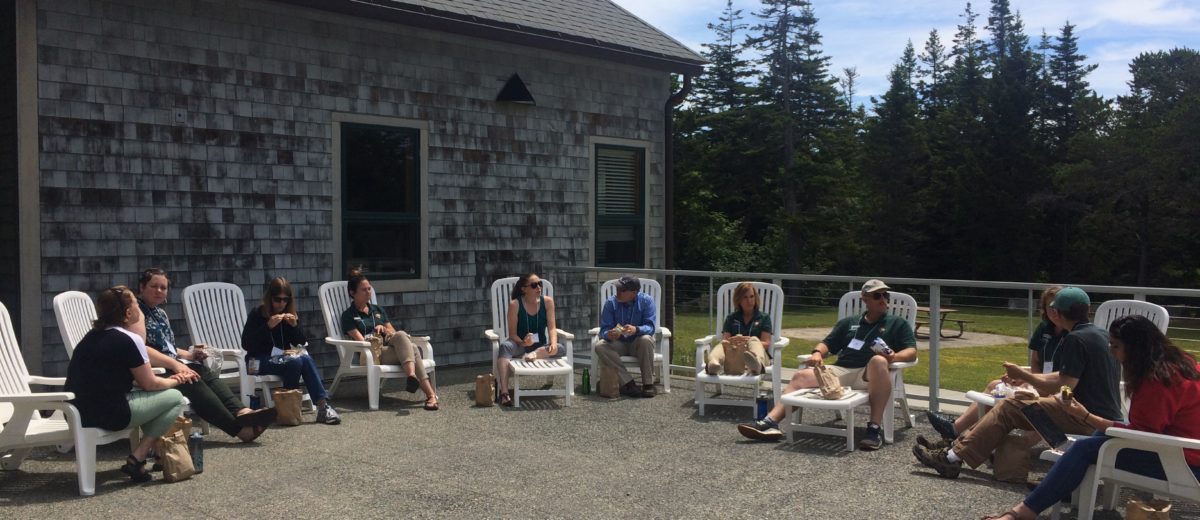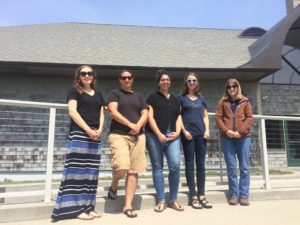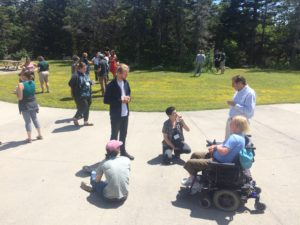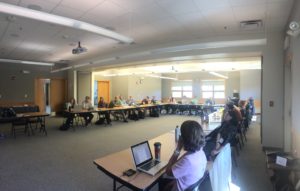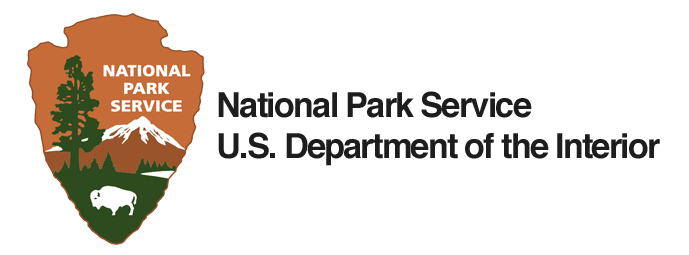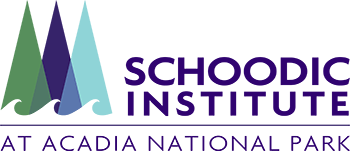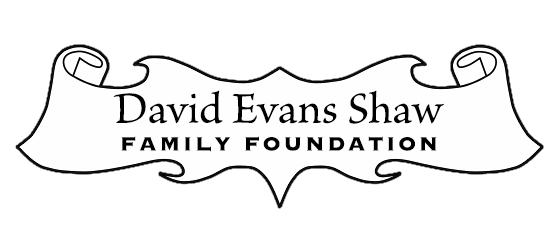In July, we gathered the 2018 and 2019 Second Century Stewardship fellows with National Park Service and Schoodic Institute staff, Acadia Teacher Fellows, and partners for 2.5 days of science communication training.
With more than 3,000 research permits granted each year and an extensive history of scientific inquiry, the national parks are a place where a lot of science happens, presenting a great opportunity for communicating science. Yet park science is often invisible to visitors for a variety of reasons. Park staff have a hard time finding information on research being conducted and keeping track of scientific findings, and managers are focused on the most urgent priorities for protecting natural resources. Scientists tend to have a range of communication skills and experience, and are unfamiliar with the policies, procedures, and processes of working with the National Park Service and park visitors. Why should scientists communicate? Who should they be sharing their science with, when, and where? What is the best way to communicate about their research?
Day One of the July workshop focused on understanding audiences and science messages, with presentations by Acadia National Park Chief of Resource Management Rebecca Cole-Will and Public Affairs Specialist Christie Anastasia. We explored why there is no such thing as the “general public,” and the diverse audiences within the broad category of “Acadia National Park visitors.”
Participants also learned about the biases and assumptions inherent in interacting with park visitors from University of Maine professor Laura Rickard, and discussed framing and civic dialog with Northeastern University professor Matthew Nisbet.
On Day Two, we continued to think about audience, learning how to observe, listen, and respond to others with talented help from ImprovAcadia (and inspired by the Alan Alda approach). Participants explored the diverse and varied means for communicating science, from telling personal stories (with Skylar Young Bayer of Story Collider) to social media (with Jacqueline Gill), video, citizen science, and public presentations. A news panel with reporters and editors from the Bangor Daily News, Working Waterfront, Ellsworth American, Friends of Acadia Journal, and National Parks Traveler magazine shared insights on interacting with the news media.
By Day Three, the fellows were ready to think through communications plans for their individual research projects, which they will continue to develop and implement over the next few years.
Workshop organizers have turned their attention to the next training session on working with natural resource managers at the Ecological Society of America annual meeting, and a workshop with the National Park Service and Sequoia Kings Canyon National Park in November.
Second Century Stewardship science communication workshops convene researchers with park staff, teachers, communication scholars, journalists, and partners to learn from one another, jointly identify audiences and key messages, and develop plans for communication products and programs that align with National Park Service mission and strategies. Workshops have three primary goals:
- Researchers and park staff have knowledge of public attitudes and understanding of science, barriers to communicating park science, and approaches to communication.
- Second Century Stewardship fellows and other park researchers will develop communication skills by creating and implementing communication plans.
- Communication about #ParkScience strengthens public understanding of the importance of science for parks and society.
— Catherine Schmitt, Science Communication Specialist, Schoodic Institute at Acadia National Park
